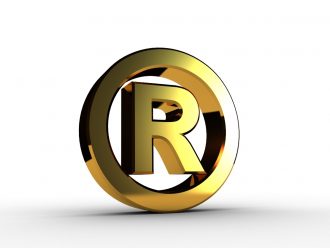November 7, 2017
When the Blind Go Leading the Blind: The USPTO’s §101 Eligibility Guidance
In the immediate aftermath of the 2013 Myriad decision, the United States Patent and Trademark Office (USPTO) released a set of guidance documents in March 2014 explaining how it planned to apply the new §101 precedents. Owing to the quirky analysis proposed in these documents (e.g., gunpowder was offered as an example of an unpatentable natural product), they were not well received. The USPTO responded to a volley of criticism by soliciting comments in July 2014, and then releasing a new set of guidance documents in December 2014 that superseded the March 2014 documents.
In the years since, the USPTO has continued to offer periodic updates to these guidance documents, offering new exemplary claims to illustrate principles in subject matter eligibility law as the Court of Appeals for the Federal Circuit (CAFC) continues to offer new precedents applying Mayo, Myriad, and Alice. These examples are mostly clear and easy to understand. Patent applicants and their attorneys welcomed these guidance documents as bringing a much wanted measure of clarity to a largely confused and confusing area of the law.
Unfortunately, recent developments suggest that the clarity offered by these USPTO guidance documents might be more illusory than real. In Intellectual Ventures LLC v. Erie Indemnity Co., No. 17-1147 (Fed. Cir. Nov. 3, 2017), the court gave short shrift (slip op. at 10) to the patentee’s argument that their claims were analogous to claims that the USPTO guidance examples had indicated to be eligible, noting merely that “the Eligibility Guidelines are not binding authority on this court,” (internal quotations omitted). Perhaps even more strikingly, when an applicant argued recently (Ex parte Yadav, Appeal No. 2015-007596 in US 12/415,832) that certain rejected claims were analogous to eligible example claims in the USPTO’s guidance examples, the USPTO’s own Patent Trial and Appeal Board (PTAB) responded that the applicant’s “reliance on examples in USPTO guidance is problematic at best.” The PTAB noted that it “decides cases in accordance with the law, not in accordance with hypothetical examples intended to be illustrative only,” (internal quotations omitted).
In short, it appears that applicants should not trust that reviewing tribunals will analyze subject matter eligibility in the same way that the USPTO’s guidance documents do. The guidance documents appear to be taking a more forgiving view of what is eligible than are the courts, or even the USPTO’s own PTAB. If all the applicant wants is to get some sort of claim allowed, regardless of the enforceability of that claim, then it is probably safe to rely on the guidance documents, and to offer analogies to the guidance document examples during prosecution in order to reach allowance. One cannot necessarily trust, however, that a claim that passes muster with the USPTO will also survive challenge in court. Applicants who want a set of claims to be more than a vanity project for the inventor would do well to seek the opinion of an experienced patent attorney to determine whether a given set of claims can survive §101 challenge, and — if not — what can be done to the claims to put them on firmer §101 footing.





































